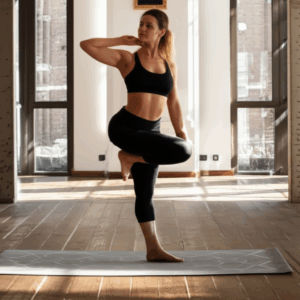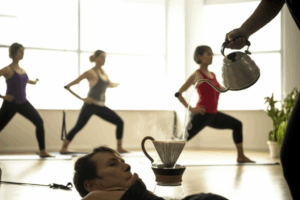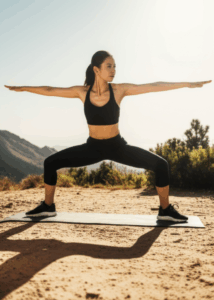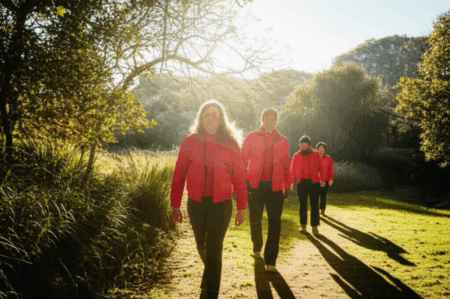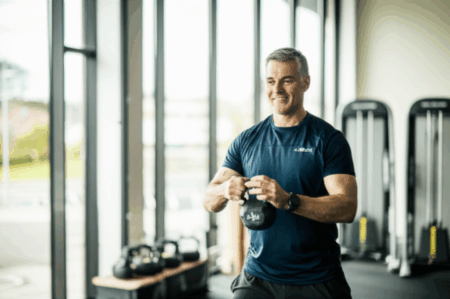At 73, feeling stronger, more agile, and healthier than ever before might sound like a distant dream for many, but it is an achievable reality. As we age, maintaining physical activity becomes even more critical for overall well-being, independence, and disease prevention. This guide outlines a comprehensive workout routine, alongside essential nutritional advice, designed to help older adults achieve their peak physical condition.
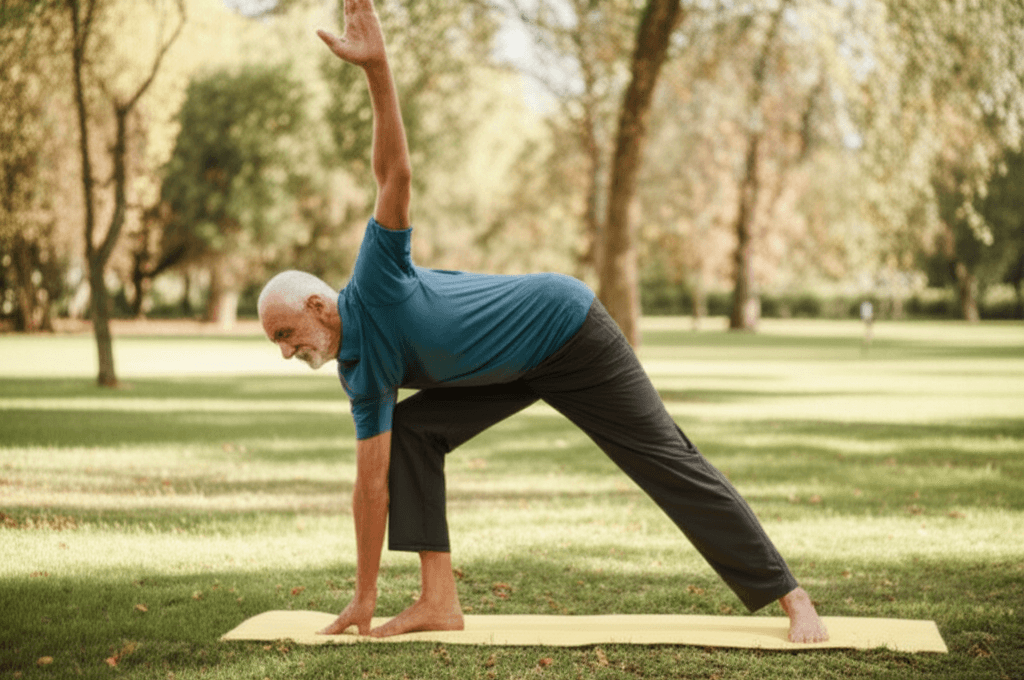
The Foundations of an Active Senior Lifestyle
Regular exercise for seniors offers a wealth of benefits, from preventing chronic diseases like heart disease and diabetes to improving mental health and reducing the risk of falls. Exercise also boosts energy levels, enhances cognitive function, and strengthens social ties, all contributing to a higher quality of life and greater independence.
For those over 65, the general recommendation is to aim for at least 150 minutes per week of moderate-intensity aerobic activity, or 75 minutes of vigorous-intensity activity, coupled with strength training exercises at least twice a week. Even light exercise, such as walking, can significantly improve immune function and manage preventable diseases.

My Weekly Workout Routine
My routine incorporates a mix of strength training, cardiovascular exercises, and flexibility and balance work, spread throughout the week to allow for muscle recovery. It’s a testament that age is just a number, and you can continue to enjoy and excel at physical activities you love.
Strength Training: Building and Maintaining Muscle
Strength training is paramount for older adults, helping to combat the natural loss of muscle mass, improve bone density, and enhance overall physical functionality. It also improves joint health and reduces the risk of osteoporosis and fractures. I focus on compound movements that mimic everyday activities, and I aim for 2-3 sessions per week on non-consecutive days.
- Squats (Bodyweight or Chair Squats): This exercise is fundamental for lower body strength and mobility, mimicking sitting down and standing up. Start with chair squats for support if needed.
- Execution: Stand with feet shoulder-width apart, arms extended forward. Push hips back and bend knees to slowly lower your body as if sitting into a chair, keeping knees from caving in. Push through heels to return to standing. Aim for 10-15 repetitions.
- Seated Rows (Resistance Band or Light Weights): Great for strengthening the back muscles, biceps, forearms, and core.
- Execution: Sit tall, holding a resistance band anchored in front of you or light dumbbells. Pull your elbows back, squeezing your shoulder blades together, then slowly release.
- Wall Push-ups: A modified pushing motion that strengthens the chest, shoulders, and triceps, mimicking pushing open a heavy door.
- Execution: Stand facing a wall, hands slightly wider than shoulder-width apart on the wall. Step feet back to lean forward, keeping your body in a straight line. Bend elbows to lower your chest towards the wall, then push back to the starting position.
- Heel Raises: Targets calf muscles and helps with balance.
- Execution: Stand holding onto a chair or wall for support. Lift both heels off the ground, rising onto your toes, then slowly lower. Perform 10-20 repetitions.
- Single Arm Pulls / Tricep Kickbacks (Light Weights): These exercises target the upper body, improving arm strength.
- Execution: For single arm pulls, hold a light dumbbell and pull it upwards as if starting a lawnmower. For tricep kickbacks, hinge slightly at the waist, hold a light dumbbell, and extend your arm straight back.
Cardiovascular Training: Heart Health and Stamina
Cardio exercises are vital for heart health, stamina, and overall circulation. Adults 65 or older should aim for at least 150 minutes of moderate-intensity cardio per week. I incorporate a mix of low-impact and moderate-intensity activities.
- Brisk Walking: This is my go-to low-intensity cardio, accessible and effective for strengthening leg and core muscles. I aim for 30 minutes, five days a week, increasing pace or length as my stamina improves.
- Swimming or Water Aerobics: Excellent low-impact options, especially beneficial for joint health. Water supports the body, reducing stress on joints while working multiple muscle groups and improving heart health.
- Stationary or Recumbent Cycling: A great choice for an intense cardio workout with reduced joint stress.
- Rowing: A full-body aerobic exercise that is safe and effective for improving cardiovascular capacity without excessive joint strain.
Flexibility and Balance: Preventing Falls and Improving Mobility
As we age, balance and flexibility become increasingly important to reduce the risk of falls, maintain independence, and alleviate joint stiffness. I dedicate time to these exercises daily.
- One-Leg Balance: Improves stability and coordination.
- Execution: Stand with feet hip-width apart, holding onto a chair for support if needed. Lift one foot off the floor, keeping your torso straight. Hold for 10-15 seconds, then switch legs. Progress to performing without support.
- Heel-to-Toe Walking: Enhances coordination and balance.
- Execution: Place the heel of one foot directly in front of the toes of the other, almost touching. Walk slowly in a straight line, focusing on a spot ahead.
- Knee-to-Chest Stretch: Improves lower back and hip flexibility.
- Execution: Lie on your back, knees bent, feet flat. Bring one knee to your chest, keeping your lower back pressed to the floor. Hold for 15-30 seconds, then repeat with the other leg.
- Shoulder Rolls: Releases tension and improves shoulder mobility.
- Execution: Sit or stand tall, rolling your shoulders gently up towards your ears, then back and down. Repeat forward and backward.
- Doorway Stretch: Stretches the chest muscles.
- Execution: Stand in a doorway, placing forearms against the frame with arms at right angles. Step forward with one foot until you feel a comfortable stretch across your chest. Hold for 20-30 seconds per side.
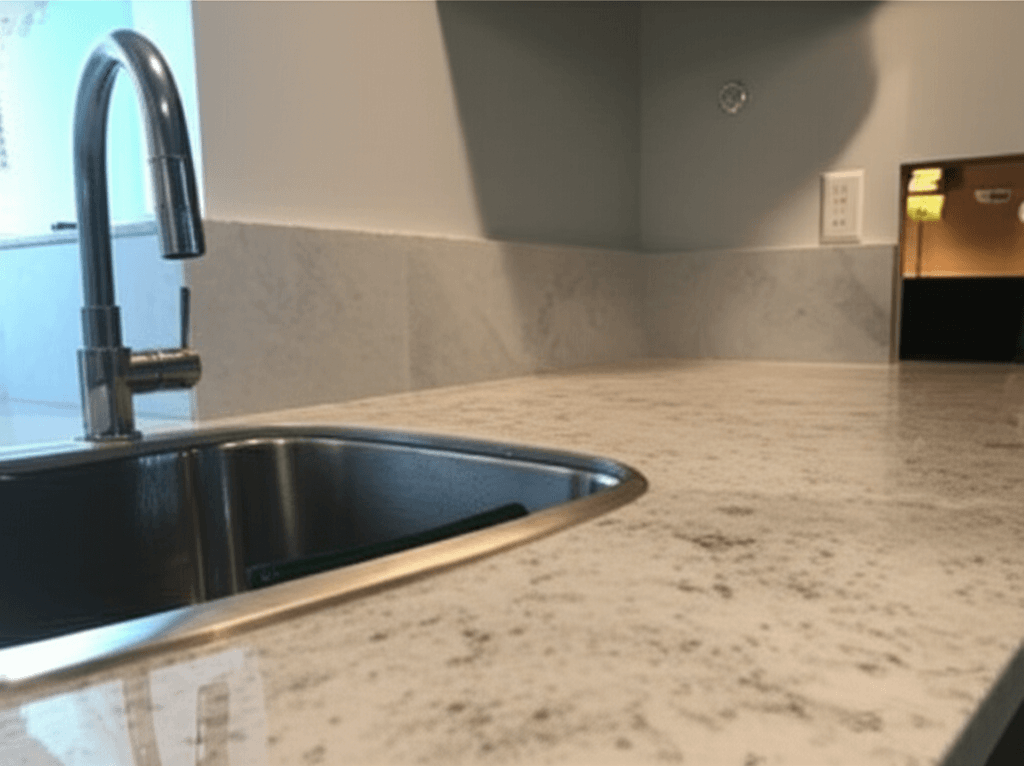
Essential Nutritional Support for Active Seniors
A healthy diet is crucial for supporting an active lifestyle, especially as we age. It helps maintain muscle mass, supports bone density, and provides necessary energy.
- Protein Intake: Aim for 1.0 to 1.2 grams of protein per kilogram of body weight daily to preserve muscle mass. Include lean meats, seafood, eggs, beans, peas, and lentils in your diet.
- Nutrient-Dense Foods: Focus on a variety of fruits, vegetables (especially brightly colored ones), and whole grains. These provide essential vitamins, minerals, and fiber for brain function, immune health, and digestion.
- Calcium and Vitamin D: Important for bone density. Incorporate dairy, leafy greens, and fortified cereals.
- Hydration: Drink plenty of water throughout the day, as thirst signals can weaken with age. Water supports joint health, digestion, and temperature regulation.
- Limit Processed Foods: Reduce intake of foods high in added sugar, saturated fats, and sodium to lower the risk of heart disease and support cognitive health.
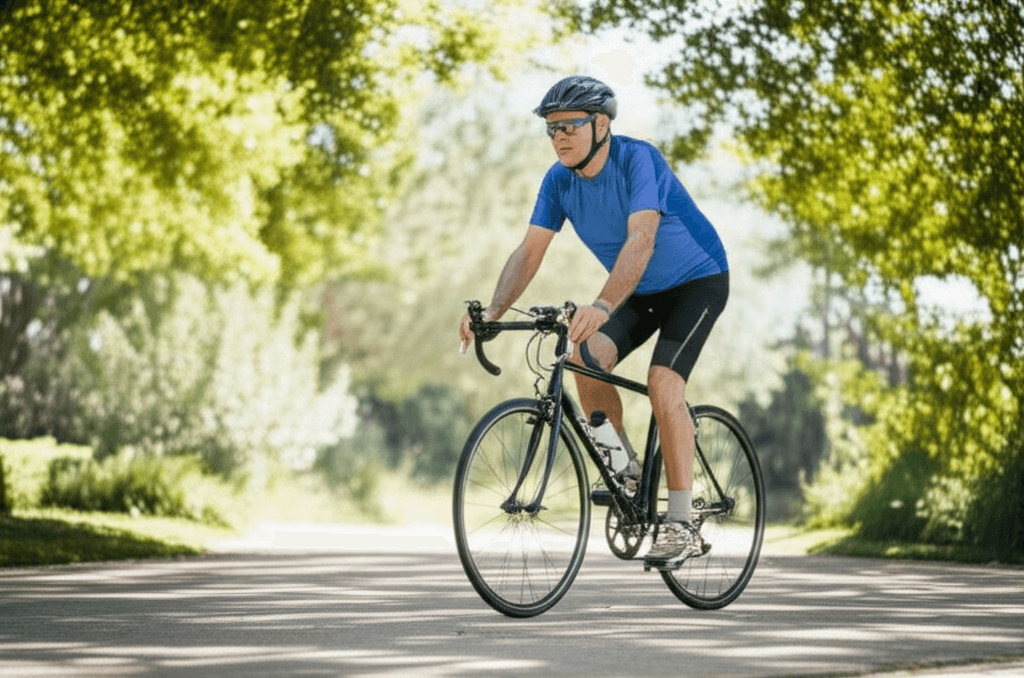
Embracing an Active Later Life
Beginning or adjusting an exercise routine at any age requires a mindful approach. It’s always advisable to consult with a doctor before starting any new program, especially if you have existing health conditions. However, chronic conditions like arthritis, osteoporosis, or diabetes often benefit from strength training.
My journey demonstrates that consistent effort and a holistic approach to health, encompassing both physical activity and nutrition, can lead to remarkable results at any age. It’s about finding activities you enjoy, staying consistent, and listening to your body.

